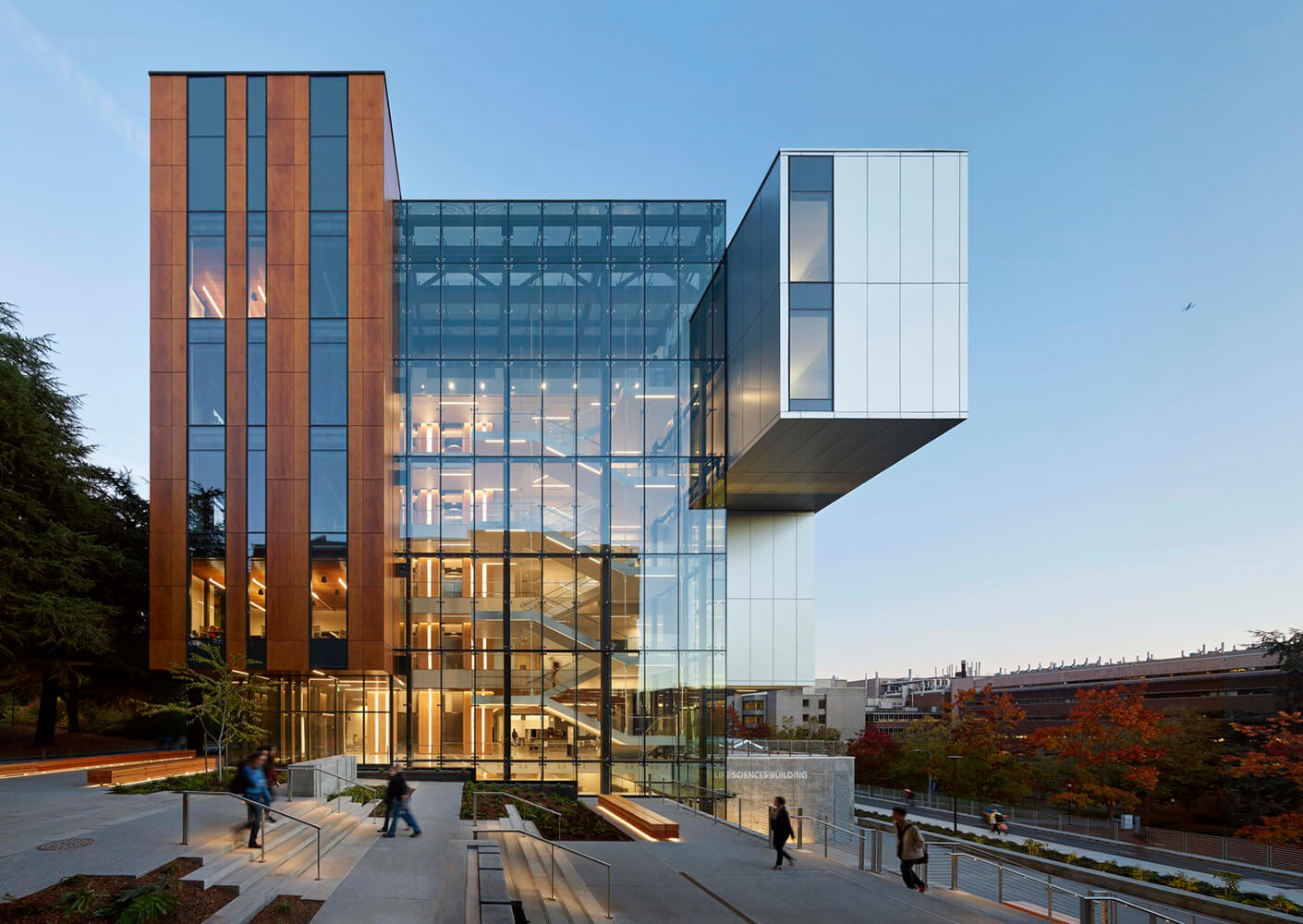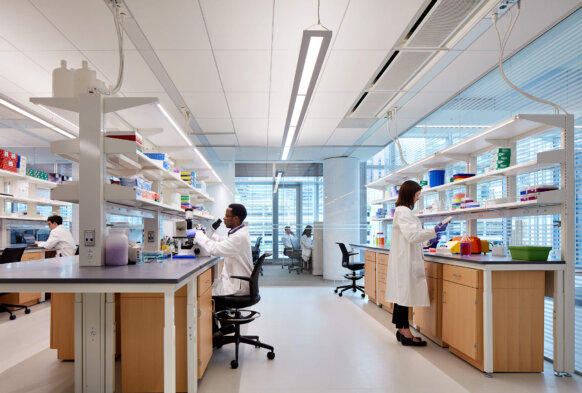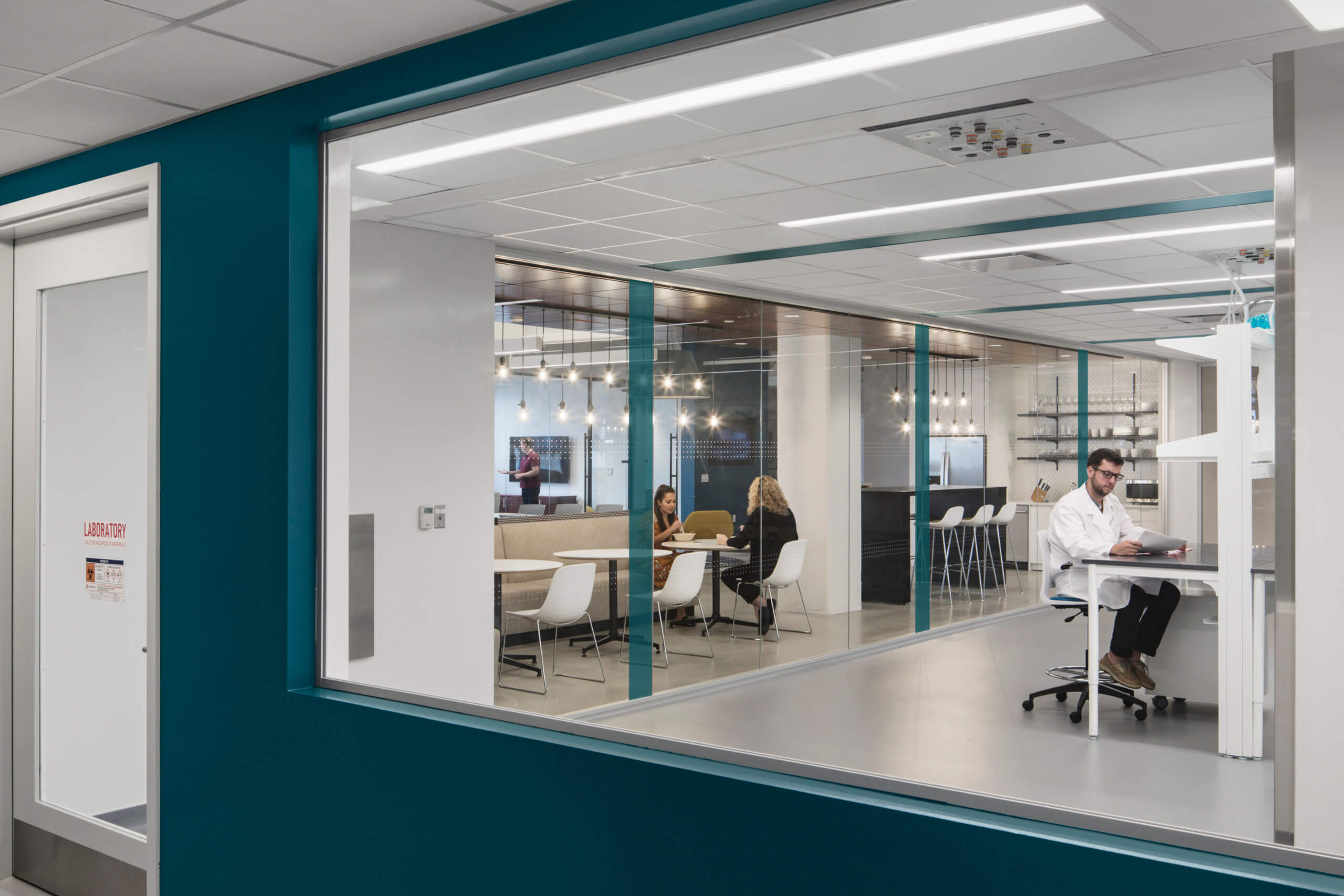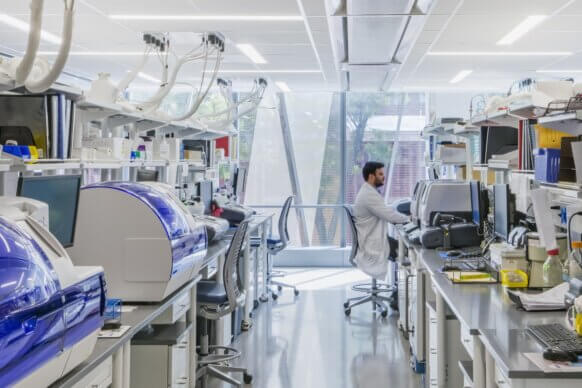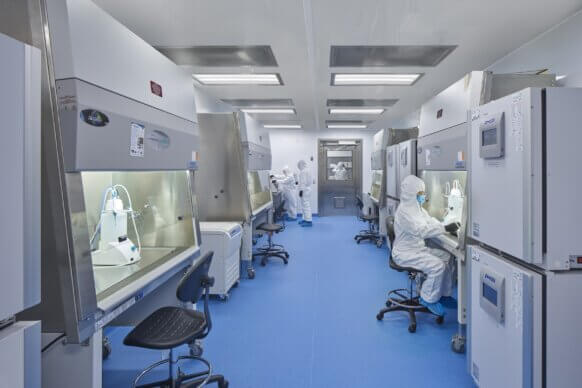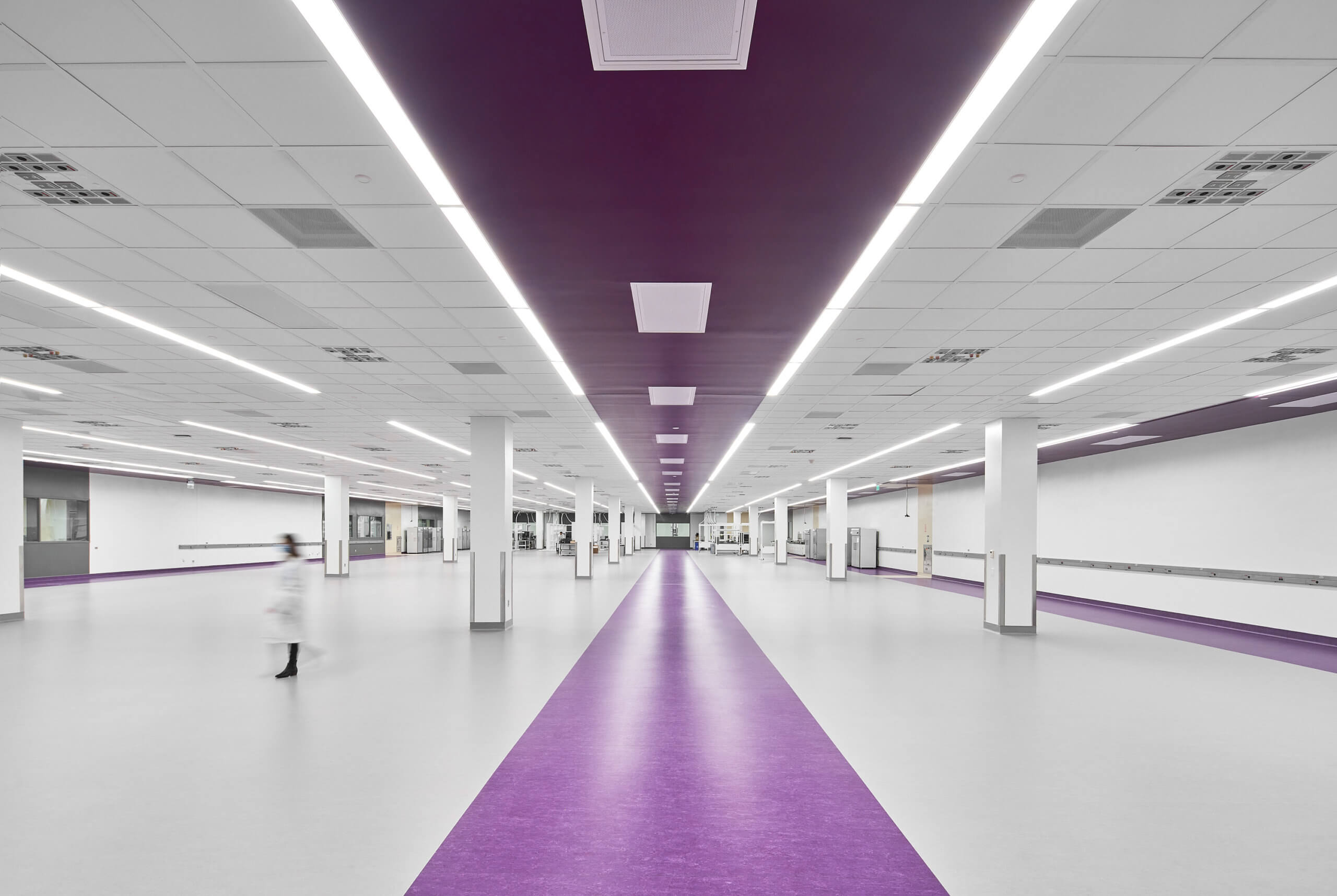This is an excerpt of an article that originally appeared in Lab Manager. Click here to read the full story.
Labs are commonly known as “energy hogs,” which can be a challenge for project teams and lab managers who want to develop a more energy-efficient facility. Energy demands may differ depending on the end use of the laboratory—academic, wet or dry labs, how many fume hoods are present, etc.—so there are no universal answers on how to achieve net zero.
Lab Manager spoke with Jacob Werner, AIA, LEED AP, WELL AP, Living Future AP, PHIUS Certified Passivehouse Consultant (CPHC), senior project architect with Perkins&Will in Boston, about the things that lab planners need to know when working on a net zero project.


